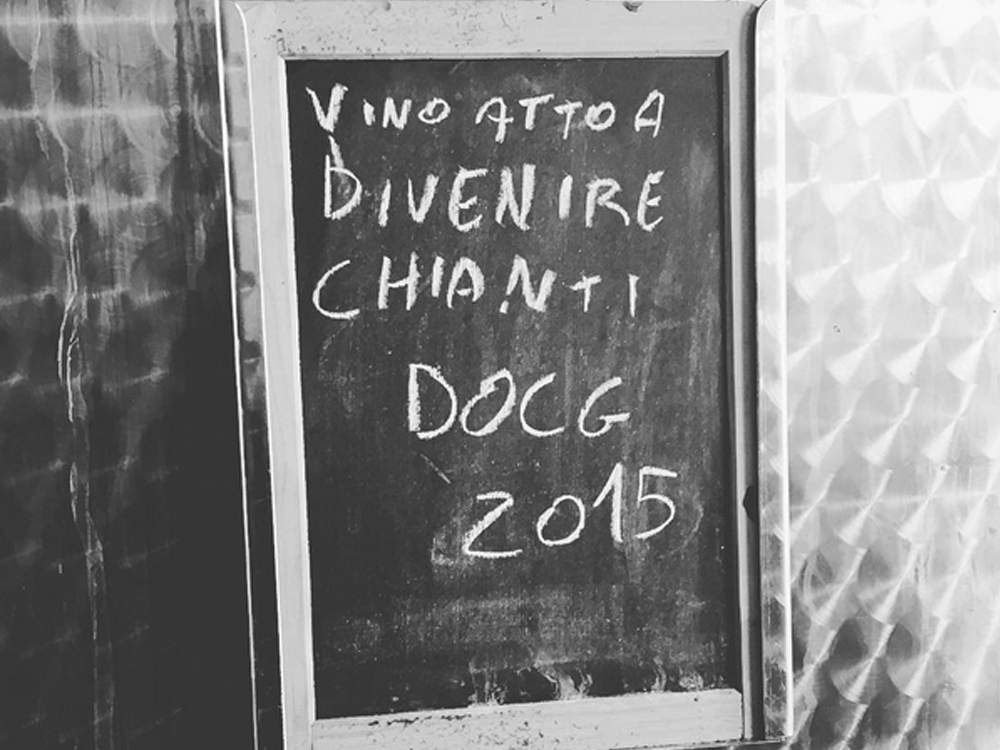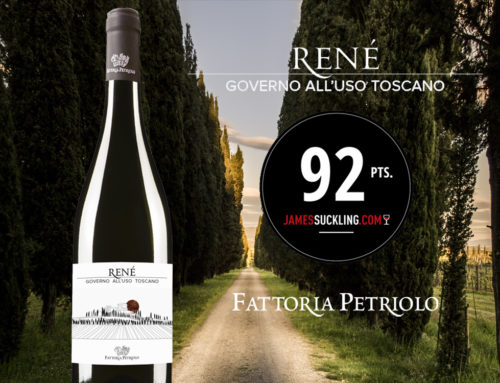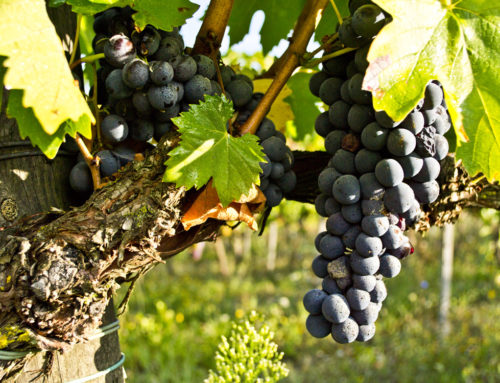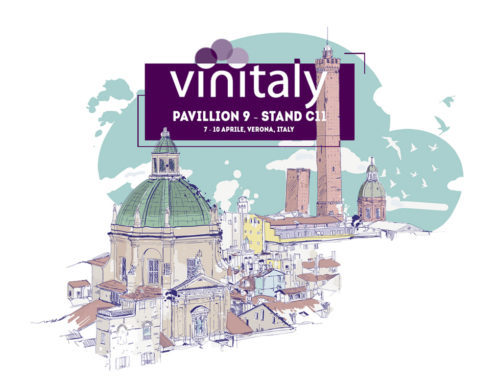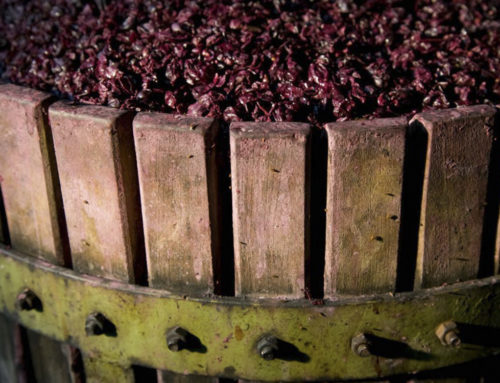The harvest is over, the yeasts have transformed all the sugars into alcohol. We also racked but don’t rush to get the glass. There is still a long way to go, now the refinement of the wine begins
Only with this process can we transform a year of effort in the vineyard into wines with complex flavors and bouquets. A few weeks after the harvest it is certainly possible to intuit and have an idea of the quality and characteristics of a vintage. However, only the commitment and research in the following months will allow us to add secondary but above all tertiary notes and aromas to the fragrance and aromatic characteristics of the vine.
How to? Wine aging
After racking and before bottling, the wines undergo stabilizing treatments and a period of maturation, which can last from a few months to several years.
You have already understood that it takes time. How long depends on the manufacturer but it’s also where that can make the difference. The maturation of the wine can take place in steel, concrete, fiberglass (no longer in use) or in the famous wooden barrels.
Time and the container, or the combination of different types of materials that each producer decides to use, make it possible to obtain wines in which the innate fragrance and aroma of the vine can be found almost intact, or, in the opposite example, the complexity of a bouquet that was generated thanks to the long rest in wood.
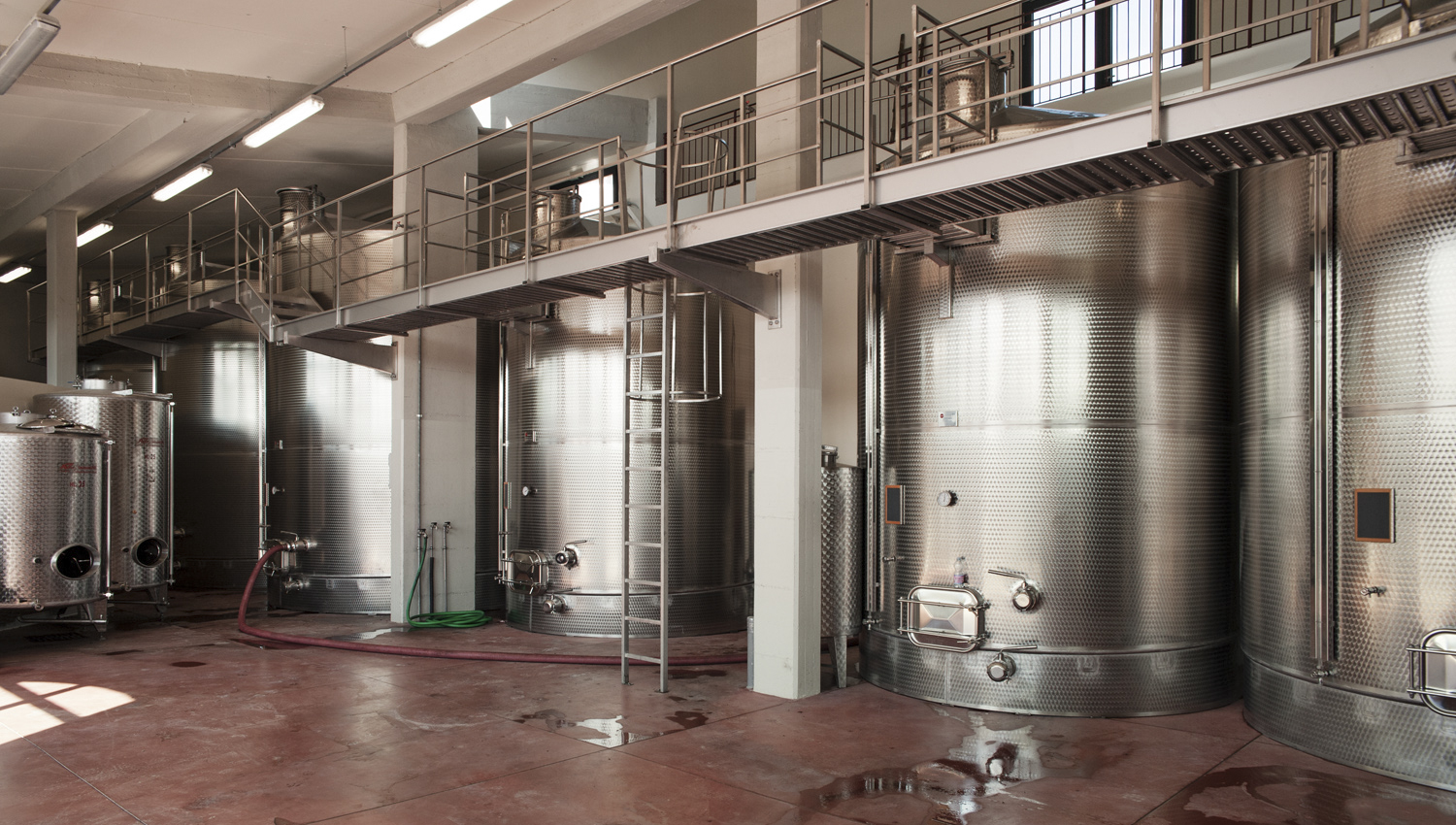
Steel or Wood?
If the wine stays for a short time only in steel, as happens for most white, rosé and red wines to be drunk young, it manages to maintain the integrity of the original characteristics of the vine, the freshness of the aromas and taste. In these cases the bottling takes place in the spring following the year of the harvest. In case of aging in wood, the aging is much longer. Thanks to the microporosity of the wood, very slow exchanges of oxygen take place. These cause variations in the colour, aroma and taste of the wine.
The red hues vary from purple and ruby to garnet. The bouquet is enriched with evolved scents and marked nuances of spices, jams, coffee, dried fruit, leather and tobacco can be found.
Tonneau or Barrique?
In this context, the use of Tonneau or barrique is also fundamental. There is no better choice. The task of the producer, based on his own philosophy and the wine he wants to obtain, will choose the perfect combination.
Year after year, harvest after harvest, we continue to experiment with different aging methods and times. All this is necessary to continue to enhance the characteristics of our wines in each harvest.
